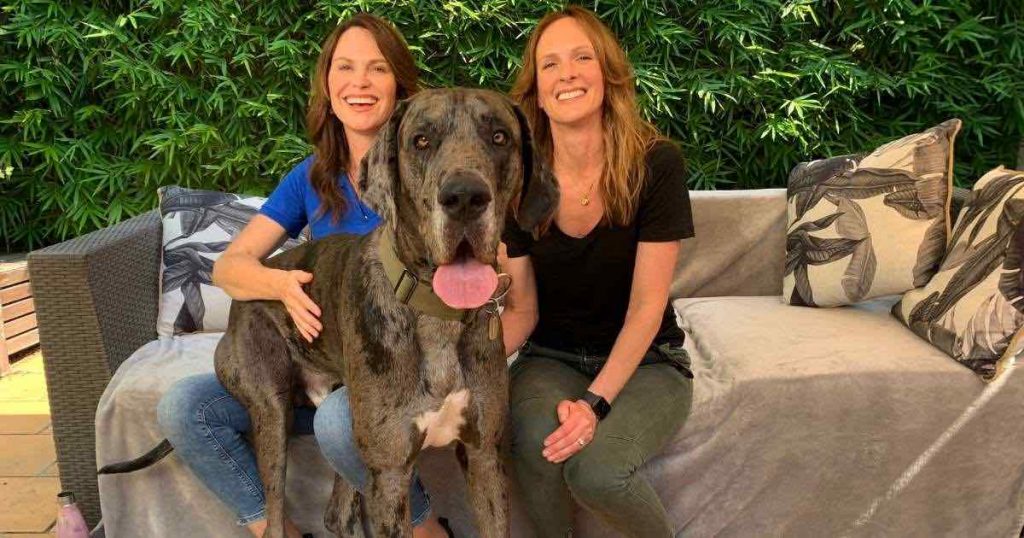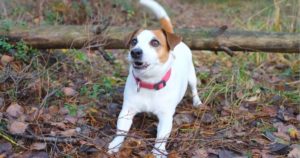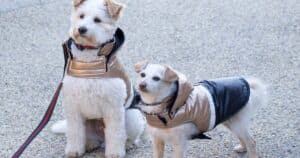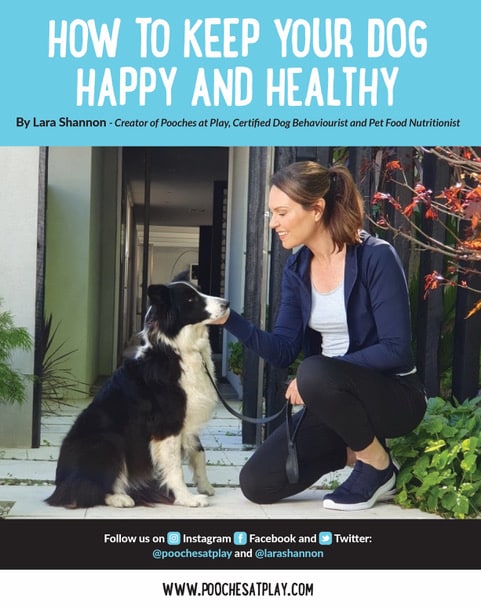

This week’s breed in focus is the Great Dane. Also known as the German Mastiff the breed originated in Germany from hunting dogs and not surprisingly holds the record for the tallest dog in the world.
Despite their size, Great Danes are friendly and loving, the gentle giants of the dog world!
They’re great around children and other pets as they don’t tend to have a strong prey drive, but like most dogs, can become fearful or aggressive around new things and people if not properly socialised early in life.
Early socialisation is a must, as is obedience training, as the last thing you want is a Great Dane pulling you along at top speed, or jumping all over people and other dogs.
They don’t do well being left alone either, so need a lot of human company and a house and yard with plenty of space with room to move.
You must be prepared for the high food bills as Great Danes eat a LOT. As a giant breed, they shouldn’t eat regular puppy food either. They need a large breed puppy diet for the proper development of their bones and joints.
In terms of grooming, they are light shedders so are easy to maintain and come in a variety of colours.
Despite having these long legs, they only require moderate exercise but at least 30 minutes each day. Puppies and adolescents will need at more to help burn up their extra energy, but no long runs for at least 18 months so their bones and joints can develop fully.
Obviously due to the extra large size, you do need a place big enough to accommodate them, and be mindful if small children are around that they could very easily knock them over, without meaning to.
Unfortunately as a giant breed, their life span is generally, and sadly, 6-8 years, with only a few reaching the ripe old age of 12.
Again due to their size, they are at risk of bone and joint diseases such as hip dysplasia and osteoarthritis.
Of great concern in the Great Dane breed is gastric torsion or bloat where excessive gas build up in the stomach causes the stomach to stretch well beyond it’s limits, it twist at the top and bottom, traps the gas and leads to irreparable damage of the stomach. Affected dogs can die within hours so it’s crucial to get them to the vet as soon as you suspect it may be happening.
Speak to your vet about preventative measures and symptoms to help you reduce the risk.
They can also suffer from cardiomyopathy (a heart disease), bone cancer and hormonal diseases, including adrenal and thyroid problems.
That’s why it is important to always do your research about any breed you are considering and get pet insurance too!
About the Author: Lara Shannon is a NDTF certified dog behaviourist and trainer, Executive Producer and Host of Pooches at Play on Channel 10 and editor of Poochesatplay.com. Lara also runs her own dog training and boarding business in Melbourne’s Bayside area and is the Author of Eat, Play, Love Your Dog.

The benefit of interactive toys for dogs


Tips for preparing a raw food diet for your pet


Winter safety for dogs – Top Tips

Receive a FREE copy of the E-Book “How to Keep your Dog Happy & Healthy”


Get your paws on Lara Shannon’s best selling books ‘Eat, Play, Love (your dog) and World of Dogs.
Available in Australia, USA, UK and Canada.